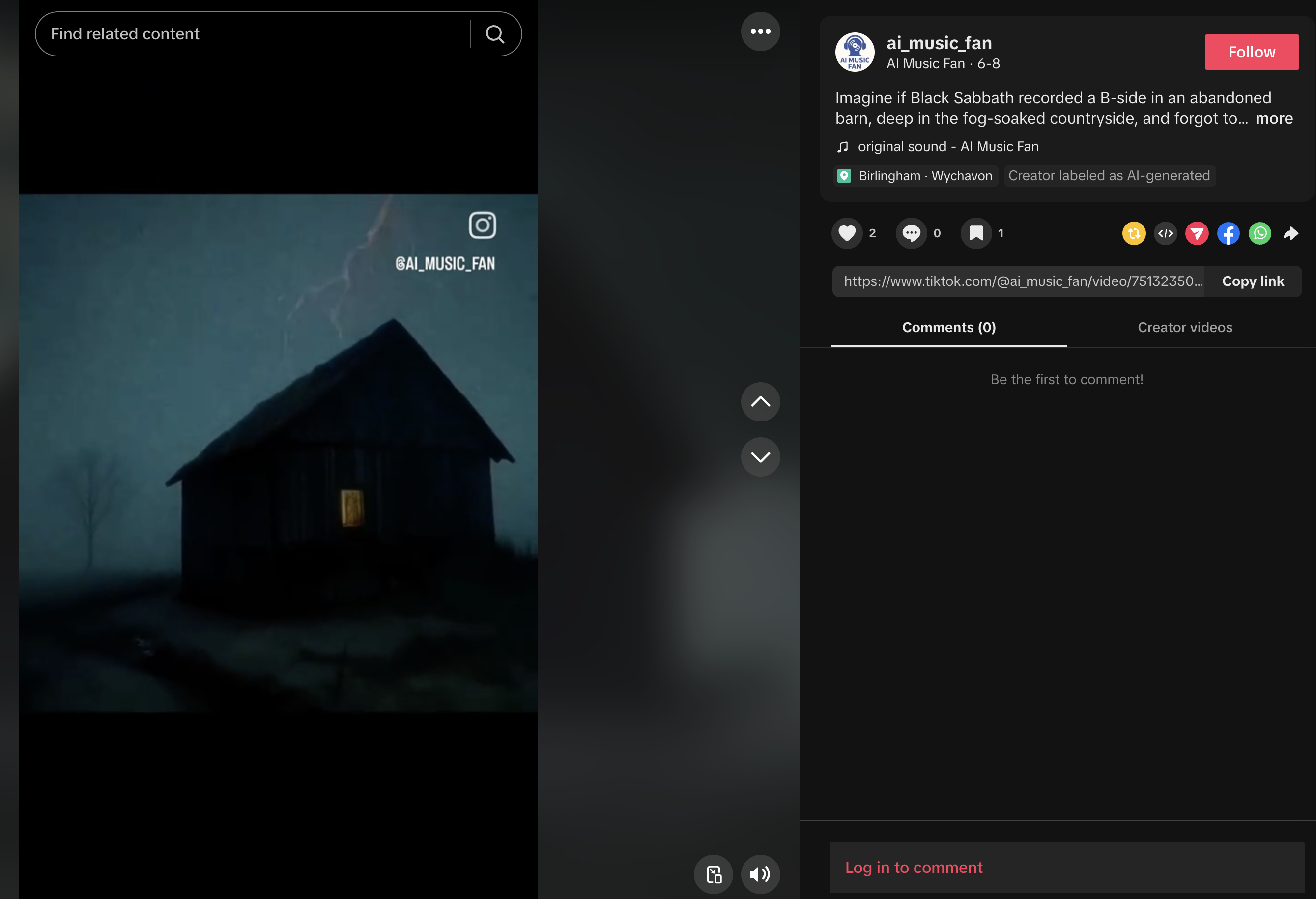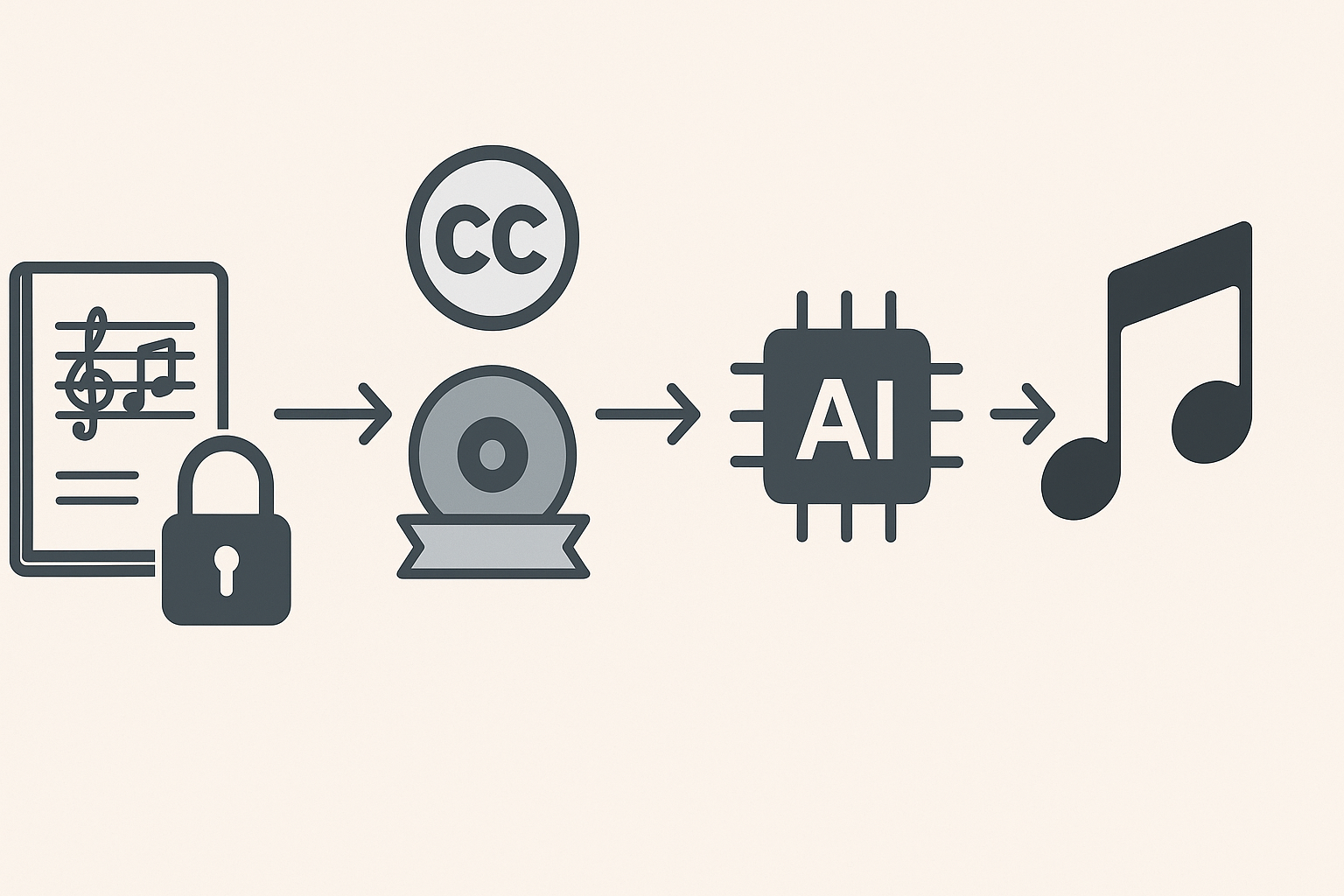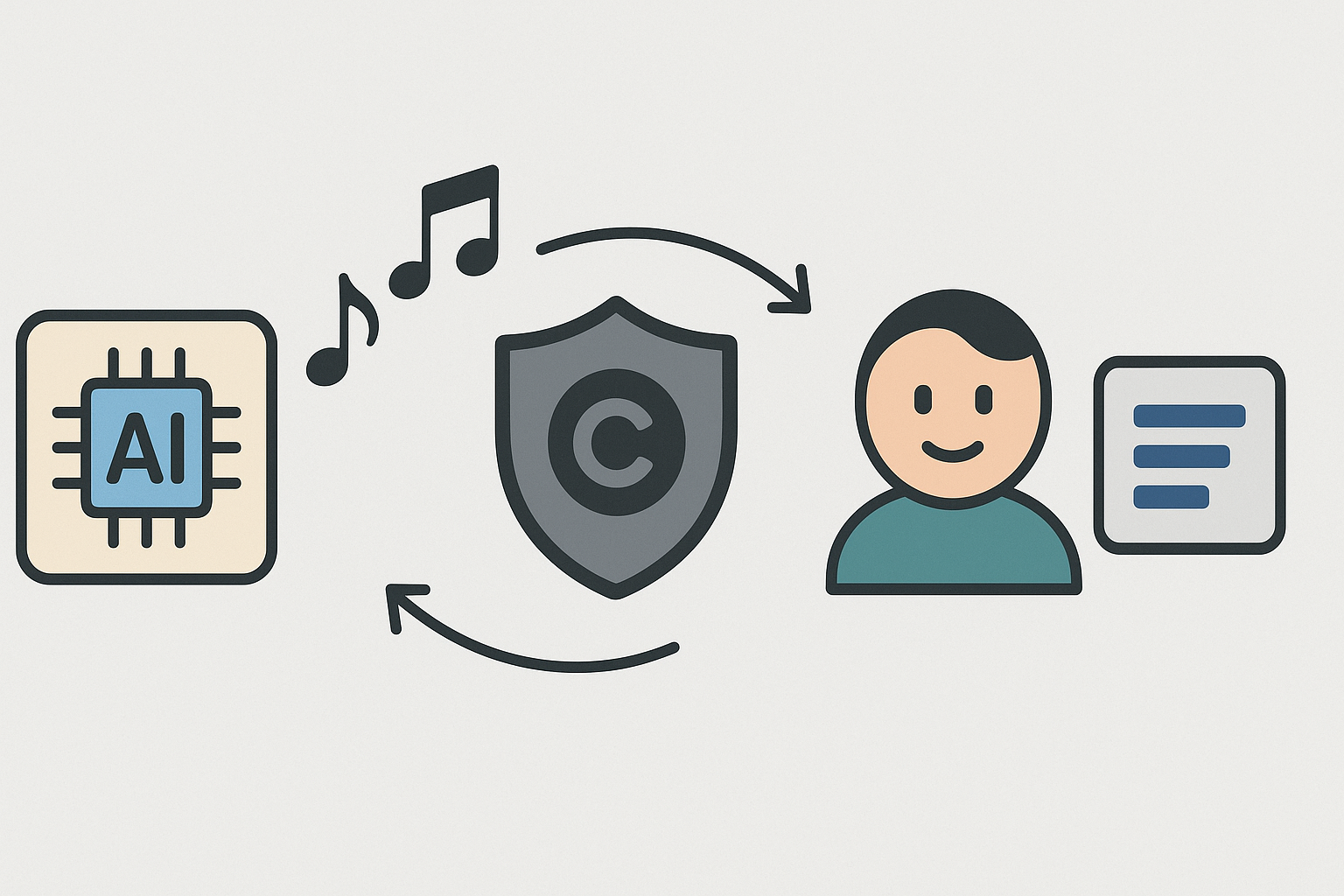AI is Now Composing Songs-suno | 매거진에 참여하세요
AI is Now Composing Songs-suno
#music #ai #creation #tool #snuo #udio #competive #current #copyright #musictech
For years, generative AI was largely about text and images.
Then came the explosion of AI-generated video. But now, a new frontier is commanding attention: AI-generated music.
As of 2024, creating a full-length, studio-style track—complete with vocals, lyrics, and instrumental layers—is just a few clicks (or prompts) away.
And at the forefront of this wave? Suno and Udio.

Let’s explore why AI music suddenly matters, how these two platforms differ, and what challenges lie ahead
—especially around copyrights and dataset transparency.
Why Is AI Music So Hard (and So Important)?
Compared to text or images, music presents a technically tougher challenge:
- It exists over time.
- It includes multitrack layering (drums, vocals, bass, melody).
- It demands synchronization of rhythm, tone, and harmony.
While text can be generated linearly and images rendered in one go,
music generation involves a combination of composition, vocal synthesis, audio engineering, and temporal alignment.
This is why big players like OpenAI or Google haven’t jumped in fully—yet.
But the opportunity is clear: AI music is creative, viral, and unlocks monetization routes previously closed to the average user.
Startups like Suno and Udio are racing to build tools that democratize song creation—and they’re gaining traction fast.
Suno vs. Udio — What's the Difference?

Feature | Suno | Udio |
|---|---|---|
Origin | Evolved from the experimental Bark project | Launched Beta in March 2024 |
Initial Style | TTS-style rapping and lo-fi meme loops | Full songs with vocals from the start |
Full Song Support | Introduced with Suno v3 (April 2024) | Core feature since launch |
Strengths | Viral memes, TikTok shareability | Multi-track downloads, pop/rock aesthetics |
Distribution | Discord, TikTok, Shorts | YouTube, SoundCloud, X (formerly Twitter) |
Suno
took off from meme culture. Starting with Bark—a community-led project focused on audio generation—it gained traction through lo-fi TTS-style rap songs shared via Discord. By April 2024 (Suno v3), they introduced full song generation: vocals, lyrics, and instrumentals all in one go.
TikTok exploded with #SunoMade tracks.
Udio
on the other hand, debuted with a more serious tone. From the outset,
it focused on full-length vocalized tracks and supported genre, tempo, and mood customization.
Its features cater more to indie musicians than meme creators.
How Do They Make Money?
Both Suno and Udio operate on a credit-based subscription model:
- Free Tier: Limited quality, fewer generations, personal use only.
- Paid Tier: High-quality downloads, commercial usage licenses, multi-track exports.
Monetization doesn’t stop there. Users are already embedding Suno tracks into TikTok videos with millions of views.
Meanwhile, Udio users are releasing AI-made demos on SoundCloud and Bandcamp.
But What About Copyright?

This is where things get murky.
AI music tools face two major copyright risks:
Risk Type | Description |
|---|---|
Training Data | Did they use copyrighted songs for training? Most don’t disclose sources. |
Output Similarity | Do generated songs sound too much like existing tracks? If yes, that’s infringement. |
Neither Suno nor Udio has revealed what datasets they used to train their models.
This lack of transparency opens the door to legal grey zones.
Anecdotal reports already suggest that entering famous song lyrics into these tools yields eerily familiar melodies.
Where Do Music Datasets Even Come From?
Unlike text or image data (which can be scraped at massive scale), music datasets require complex and expensive curation:
Factor | Complexity |
|---|---|
Structure | Needs separation by track (vocals, drums, bass) |
Metadata | Requires tagging of key, tempo, genre, structure |
Rights | Split between composition, performance, and lyrics |
Most tools likely use a mix of:
- Public domain music (e.g., Bach, Mozart)
- Creative Commons tracks from indie creators
- Licensed datasets via deals with small labels
- Illegally scraped content (e.g., YouTube, SoundCloud) ← where lawsuits begin
Legal Landscape: What Do Courts Say?
Global copyright law is still catching up, but early signs show a tightening grip:
- Dataset violations:
Courts in the US, UK, and EU are leaning toward treating unauthorized training on copyrighted music as infringement.
- Output similarity:
If a generated song is “substantially similar” to an existing one in melody, rhythm, or lyrics, the tool and the user could face liability.
We’ve seen this movie before—with images.
Think of the lawsuits against Stability AI or Midjourney for training on copyrighted art. Now, that same script is being replayed in audio.
Minimal Safe Guidelines for AI Music Use
Here’s what legal and platform norms suggest so far:
- Dataset clarity: Was the AI trained on clean, licensed data?
- Originality: Is the output clearly distinct from any known songs?
- Usage type: Personal sharing = low risk. Commercial release = high risk.
For now, most platforms pass the legal burden onto users.
Suno and Udio both include clauses stating users are responsible for how they use the generated music.
Meanwhile, major platforms like Spotify and Apple Music are starting to require
AI track labeling, or banning them altogether if provenance is unclear.
Timeline Recap
Time | Suno | Udio |
|---|---|---|
Q2 2023 | Bark experiment starts | - |
Q3–Q4 2023 | TTS meme songs go viral | - |
Mar 2024 | - | Udio beta (full songs) launches |
Apr 2024 | Suno v3 enables full songs | - |
2025 | TikTok API integration | Indie partnerships announced |
So, What’s Next?
Suno and Udio are not just music tools—they’re early models of a new content economy. Their success could shape:
How we define "original" in music
Who gets to be called an artist
How copyright adapts in the AI era
They’re also cautionary tales: platforms that shine a spotlight on just how messy, powerful, and disruptive AI can be when it starts playing with art.
Whether you’re a musician, creator, lawyer, or investor—AI music is no longer noise. It’s a symphony of opportunity, risk, and redefinition.
Want to explore similar ideas?
Check out bunzee.ai — where human creativity meets AI empowerment.






